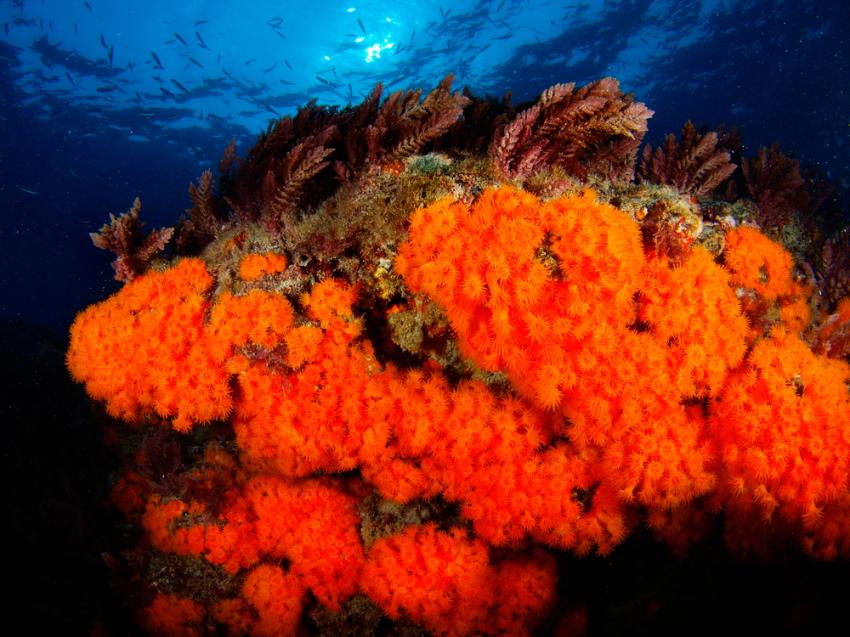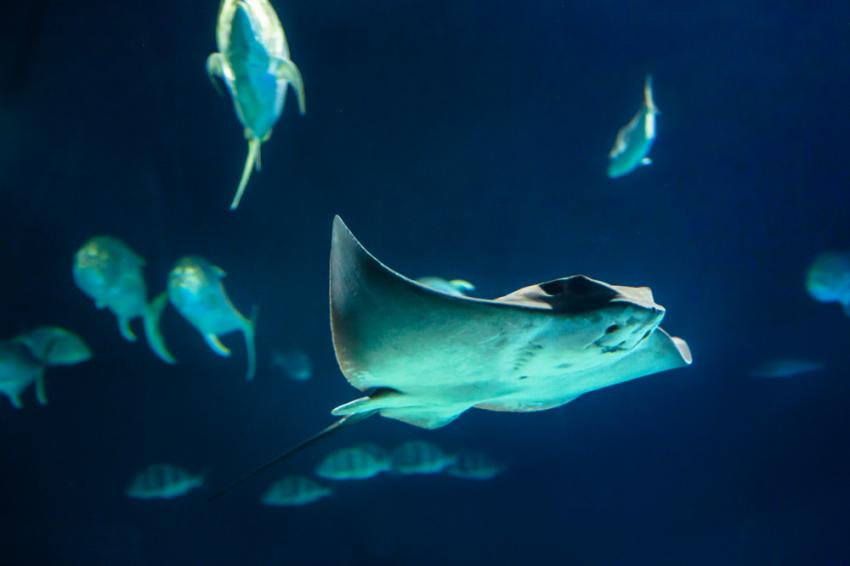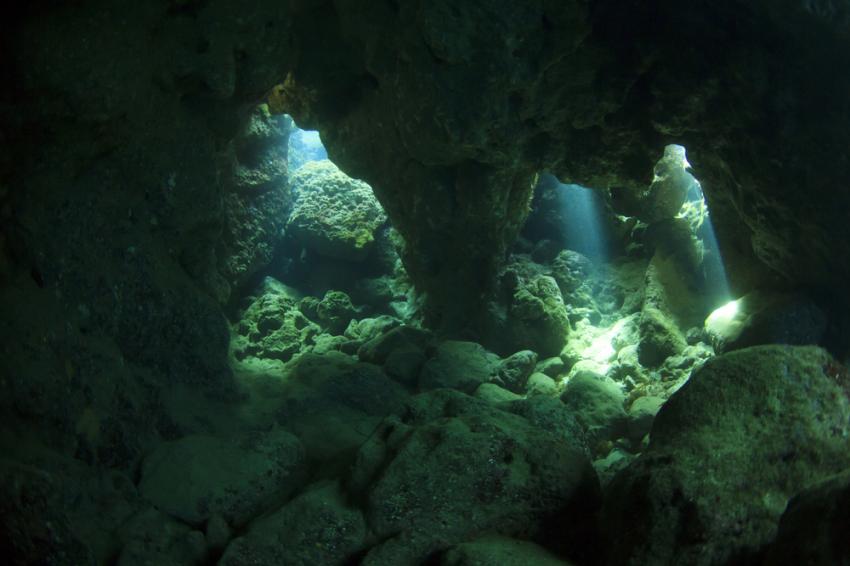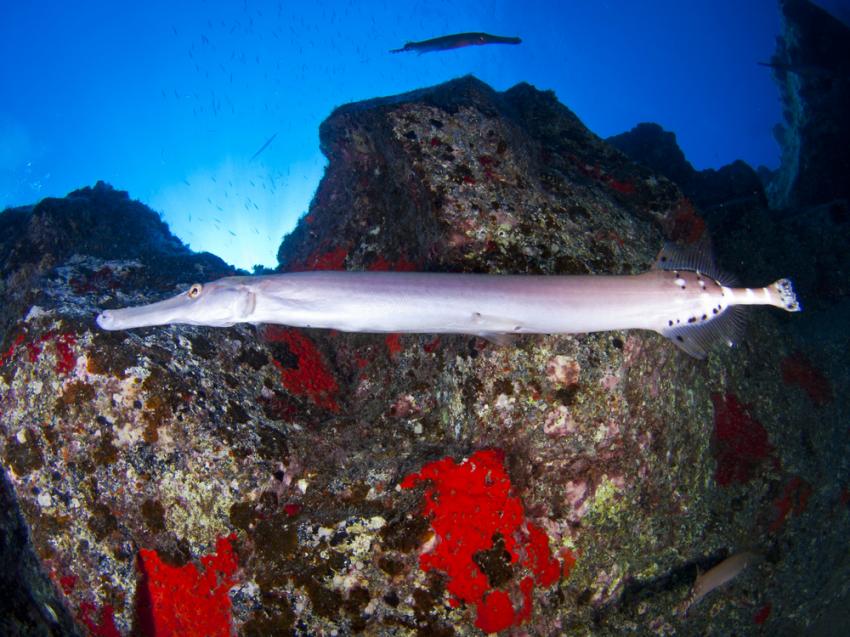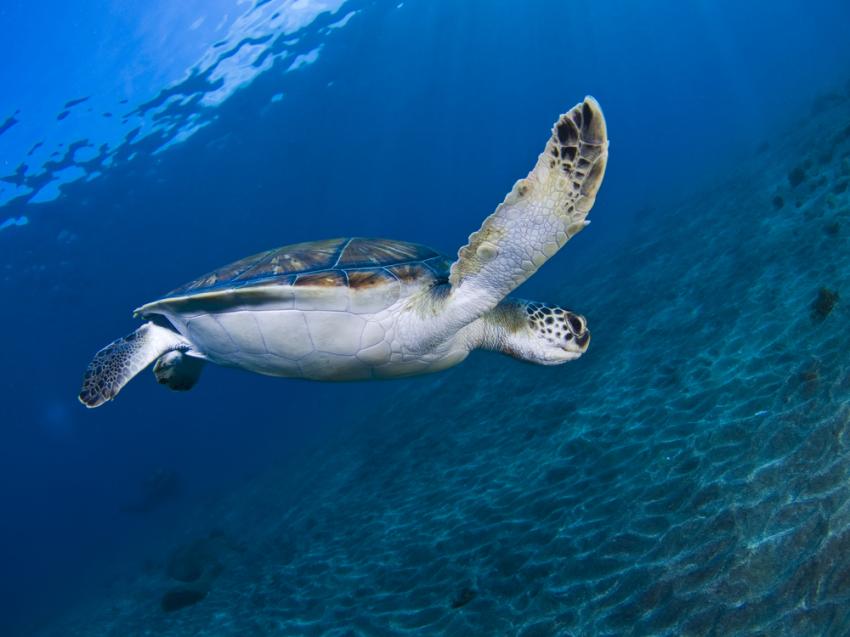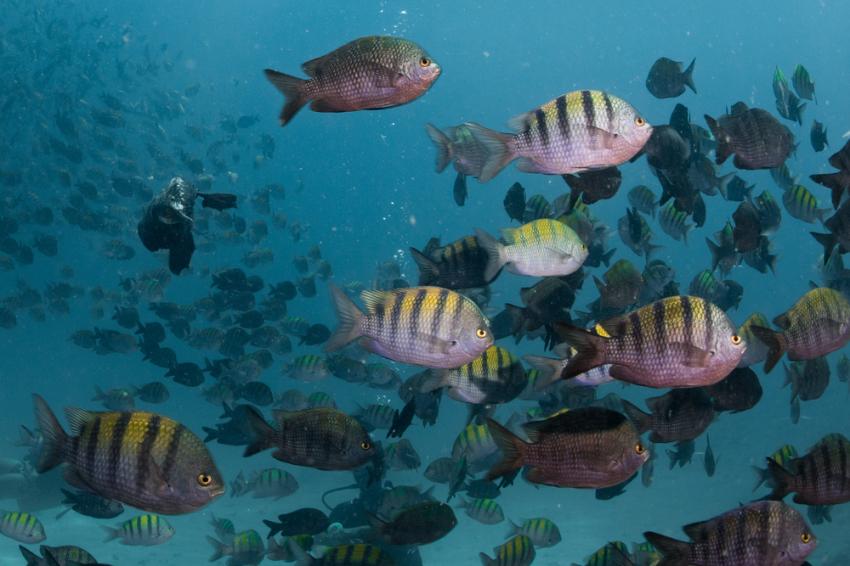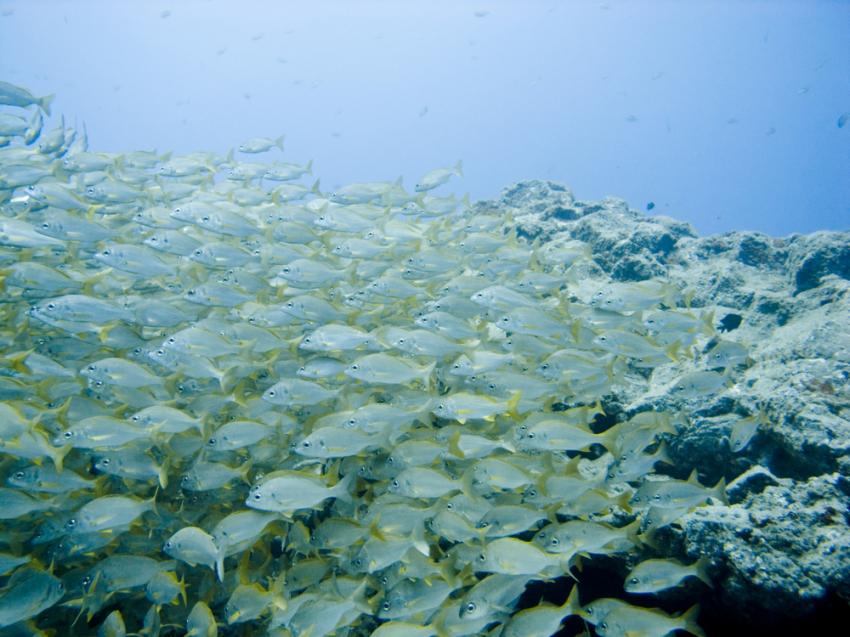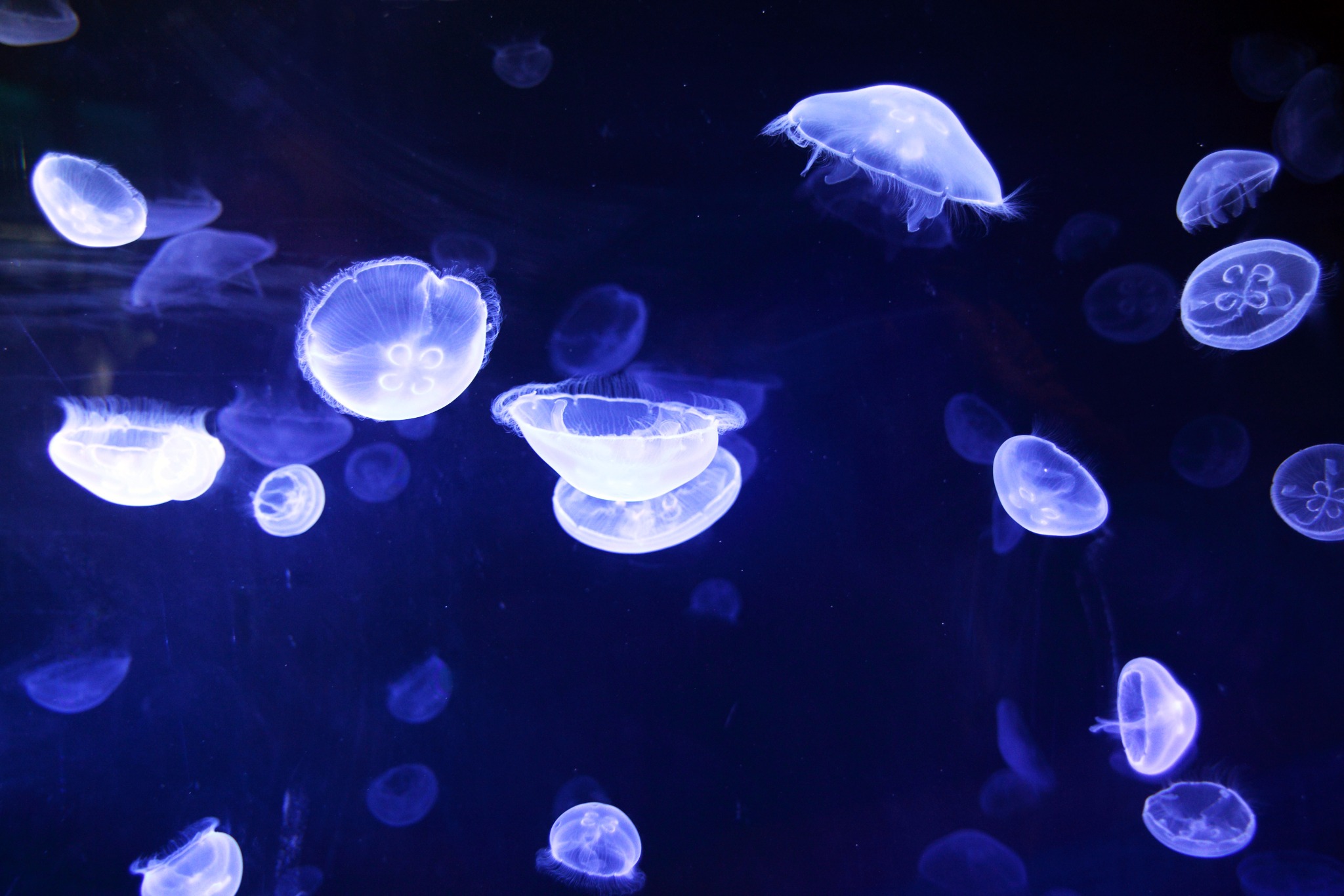
Liveaboard Diving in Spain
Spain is a diverse and unique country with the second-largest number of UNESCO World Heritage Sites, and the largest number of World Heritage cities. There are lots of airports. Some of the busiest are in Madrid, Barcelona, Palma de Mallorca and Malaga, Valencia, Gran Canaria, and the 2 airports in Tenerife. It is a popular tourist destination where there is something to suit every visitor’s tastes. Spain has lots of attractive features, like friendly people, tasty cuisine and wine, vibrant nightlife, world-famous folklore and festivities, many archeological sites, castles, and museums, as well as stunning landscapes (beautiful cliffs, charming coves, amazing beaches, dunes, and mountains). Some of the many places worth visiting are Madrid, Barcelona, major Andalusian cities with Islamic architecture, like Seville, Granada and Córdoba, and the Canary and Balearic Islands. Surrounded by the Atlantic Ocean, the Bay of Biscay and the Mediterranean, Spain has a wonderful array of diving options. Are you dreaming about scuba diving/diving in Spain? Our knowledge of the diving in Spain will help you choose the best diving spots to suit your interests and have a great diving experience. The main diving areas in Spain are the Cap de Creus, protected Medas Islands off the Costa Brava, the Costa Blanca, the Balearic and the Canary Islands. Divers can choose among the variety of diving opportunities: shallow patch reefs or rocky reefs, walls, caverns, overhangs, holes, tunnels, wrecks, volcanic caves. Medas Islands have been a marine reserve since 1983 and the dive sites that should not be missed by any diver. The Balearic Islands are known for good visibility and abundance of marine life, and consist of four islands: Majorca (Mallorka) which is famous for its cave diving and tunnels; Minorca (Menorca) offers diving from boats,cavern diving,wrecks and wide range of marine life; Ibiza (Eivissa) boasts a gorgonia forest; and Formentera has highly varied aquatic life. The Canary Islands have a climate that is comfortable year-round and exceptionally clear water. The archipelago consists of seven volcanic islands, Tenerife is the most popular among divers with abundant marine life and different dive types, Fuerteventura is famous for rock formations, underwater cliffs and jumbles of volcanic rocks. And the other islands, including Lanzarote, Gran Canaria, El Hierro, La Palma, La Gomera are teeming with marine life, and offer different types of diving. Also places to dive include Andalusia’s Costa del Sol and Costa de Almería (Cabo de Gata), the Valencian Country’s Costa Blanca, Murcia’s Costa Cálida (Cabo de Palos), the Basque Country & Cantabrian coasts, Asturias’ Costa Verde, Galicia’s spectacular coasts and rías, etc.
Must See Spain Dive Sites
When To Go Diving in Spain
Spain has a predominantly warm Mediterranean climate, though the climate varies across the country. It is possible to dive in Spain year round, though the high diving season usually lasts from April to October, depending on the destination. Overall, there is very little rainfall during the summer, and more rainfall during early spring, autumn and winter, with October being the wettest month. The average air temperature ranges from 18C in winter to 27C/64-80F in summer on the Canary Islands and from 11-26C/51-78F in the Balearic Islands. In the Canary Islands, the water temperature is between 17-18C/63-64F in winter and around 24C/75F in summer. In the Balearic Islands, on the Atlantic coast and the Mediterranean coast the water temperature is around 13-28C/55-82F. The water visibility is about 30m/100ft, but it can reach 50m/160ft. What to see The marine life is very rich, and it is possible to see sponges, hard corals and soft corals, Neptune grass, shoals of barracudas, jacks, bonito, groupers, eagle rays, bream, wrasses, angel sharks, turtles, dolphins, parrotfish, roncadoras (Pomadasys incisus), octopi, star puffers, morays, garden eels, and many others.
